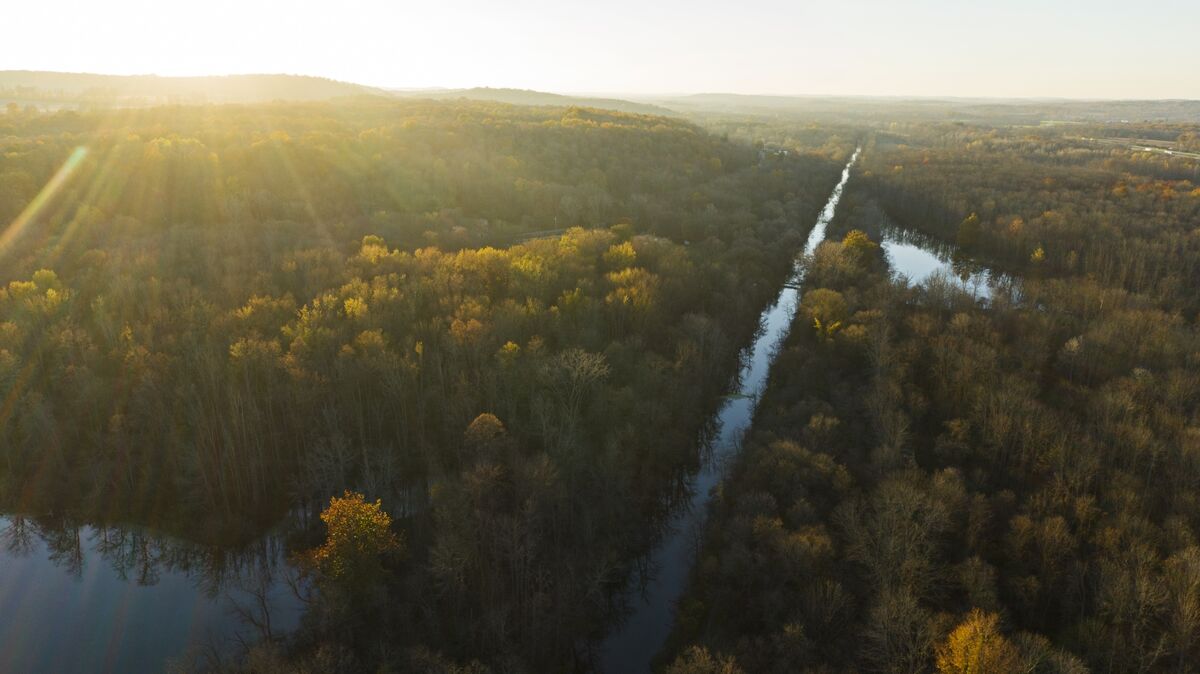In the 1820s, crews digging the Erie Canal through New York State discovered a seam of fine-grained red sandstone near Medina, a tiny village about 40 miles from Buffalo, the canal’s western terminus. Prized as a hard-wearing source of pavers and building blocks, the stone had the good fortune of being deposited right next to the ideal means of transporting it: After the canal opened in 1825, local entrepreneurs opened scores of quarries and floated loads of Medina sandstone to Buffalo, Rochester and the cities to the east, where it founds its way into homes, churches and other structures, from the New York State Capitol in Albany to the Brooklyn Bridge.
The canal that made Medina semi-famous still flows just north of village’s historic downtown, but it has receded in importance — its placid waters no longer frequently broken by commercial barges, its concrete walls ever in need of repair. Once the engine of the town’s 19th century prosperity, it had by the beginning of the 21st century faded to a historic backdrop, an artifact of another time.

